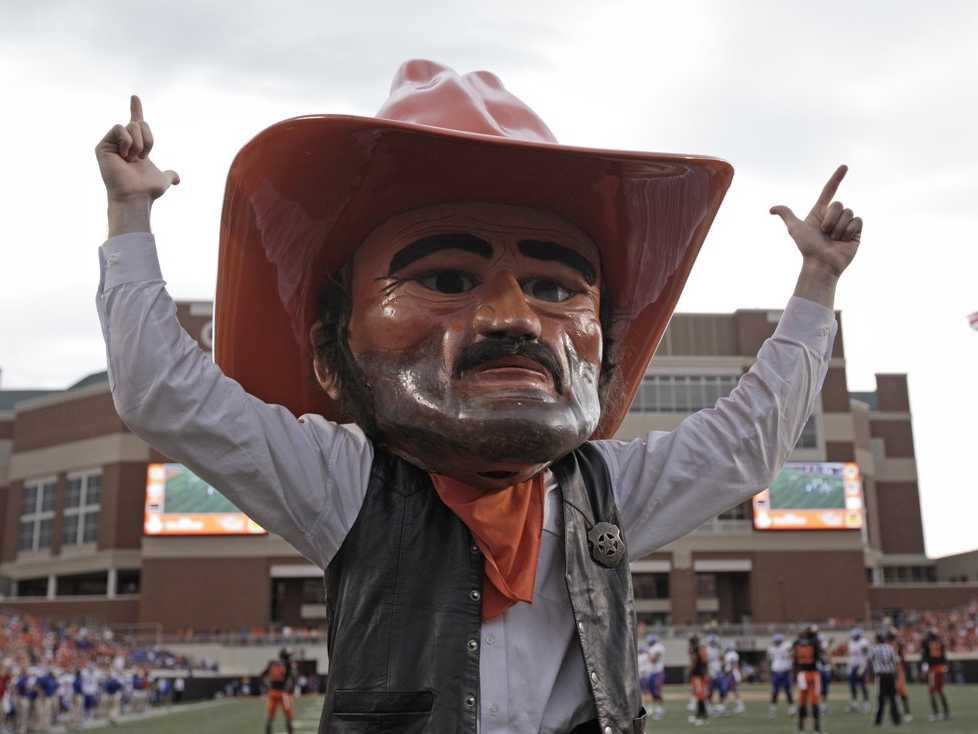Christian Hackenberg could have gone to Alabama and become the face of a budding dynasty with the nation’s top offensive line protecting him and a Heisman Trophy-caliber running back in the backfield with him. The pro-style passer, a five-star recruit on 247 Sports’ composite ranking system and an Under Armour All-American would have been a star in Tuscaloosa, likely succeeding AJ McCarron under center for Nick Saban and the Crimson Tide. He could have gone down in history as one of the top quarterbacks in Alabama history, and perhaps even drawn comparisons to some of the top passers in SEC history like Peyton Manning. Instead of chasing a national championship (or two?) at Alabama, Hackenberg chose to go to Penn State at a time when the program was essentially left for dead. Hackenberg remained loyal to the head coach that recruited him to a program many turned away from and he stayed loyal to the school during a coaching change when nobody would have blamed him if he left. On Saturday, after being knocked out of a bowl game, Hackenberg announced the least surprising news of the season by declaring for the NFL Draft. The reviews of the legacy of Hackenberg may now be written and evaluated and discussed, although it may take some time for some to see just how much Hackenberg truly meant to the Penn State program.
Hackenberg was a star recruit in Penn State’s Class of 2013. The first true recruiting class put together by Bill O’Brien at Penn State could have easily imploded well before signing day in the summer of 2012. It is impossible to weigh the impact Hackenberg had at Penn State without first reviewing the landscape of the Penn State football program before his arrival, so excuse me while I first rehash a story you are probably all too familiar with by now.
The NCAA dropped a 14-ton anvil on the program in June 2012 in response to the release of the Freeh Report, which analyzed the university’s handling of the disturbing and sickening actions of former defensive coordinator Jerry Sandusky by university officials, including former president Graham Spanier, athletics director Tim Curley and Joe Paterno. The NCAA sanctioned Penn State with a four-year postseason ban, a significant reduction in available scholarships for football, the vacating of over 100 wins from the record books and a hefty $60 million fine. Players already a part of the program were given a free opportunity to transfer to another program if they desired, and some did. Running back Silas Redd left for USC. Wide receiver Justin Brown took off for Oklahoma. Quarterback Rob Bolden landed at LSU. Another quarterback, Paul Jones, would later leave the program for Robert Morris. A handful of others also left, including kicker Anthony Fera to Texas. The sanctions quickly took a toll on current recruiting targets, with some immediately dropping Penn State from their recruiting plans. These were problems new head coach Bill O’Brien were not prepared for, but he kept the team and program grounded and determined. O’Brien could do little to sway some minds of players looking to leave, which put much emphasis on his first recruiting class under a full recruiting cycle.
Penn State’s Class of 2013 had a handful of key players lined up well in advance of signing day. Tight end Adam Breneman, a Pennsylvania native and the top tight end in the country according to many, was one of them. Quarterback Christian Hackenberg was another. These two were seen by many to be the foundation of a solid offense under O’Brien, perhaps being a mini-version of a Tom Brady-Rob Gronkowski combination in State College. O’Brien had just come from being the offensive coordinator with the New England Patriots, so it was not a shock to see him target the best quarterback and tight end combo he could land. When the sanctions hit, the big recruiting question left to answer is what would Breneman and Hackenberg do? At the time, it was possible both could play the bulk of their college careers without ever playing in a bowl game. Even if they had redshirted, many suspected Penn State would still be in a massive rebuilding mode by the time the postseason ban had expired, and Penn State might not even qualify for a postseason game by their respective redshirt senior seasons (little did we know about 5-7 bowl teams at the time). Nobody would have blamed Breneman or Hackenberg and any other player in Penn State’s Class of 2013 (wide receiver DaeSean Hamilton, defensive end Garrett Sickels etc.) if they chose to go elsewhere for the chance to go to a different program and maybe play in a bowl game.
The day the NCAA hammered Penn State, the committed players already at Penn State walked out together and stood behind seniors Michael Zordich and Michael Mauti as the two made a public statement in response to the sanctions. Before that day came, Hackenberg made his own statements to affirm his standing with Penn State.
“I’m not going to say we want to move on,” Hackenberg said in an interview with ESPN in 2012, “because what happened was horrible, and it shouldn’t be forgotten. But this can give everyone something else to look at. We’re the first class that the new staff has recruited. We’re going to be leaders.”
Hackenberg had not yet played a down or spent one practice session at Penn State, but he was already showing signs of being the kind of leader the program needed. He and Breneman remained committed to the program through the darkest hours even after taking some time to reconsider all of the options they could explore.
“At the end of the day,” Hackenberg said, “if there’s football at Penn State, I’m going to be there.”
Continue reading this story on The Student Section.
Follow Nittany Lions Den on Twitter and Like Nittany Lions Den on Facebook.
Add The Sports Daily to your Google News Feed!
